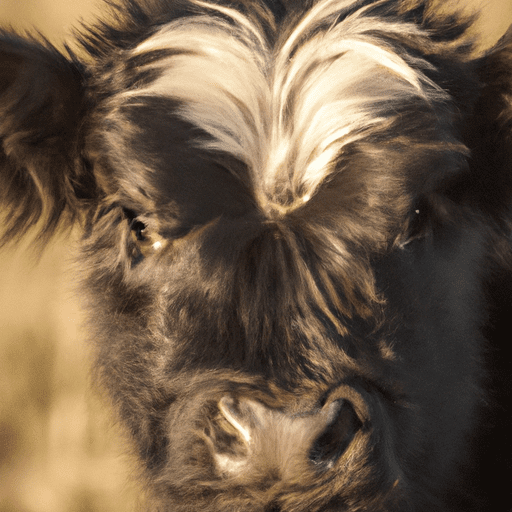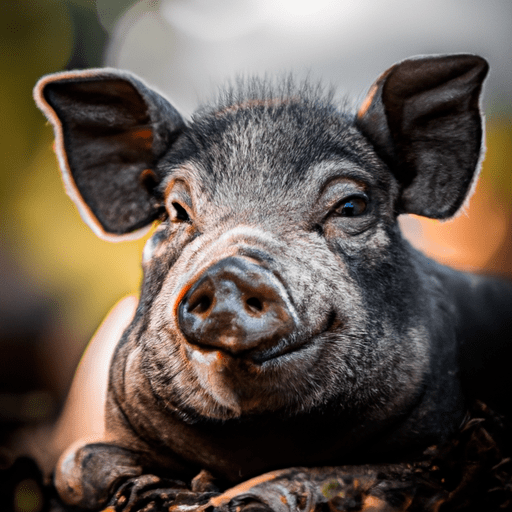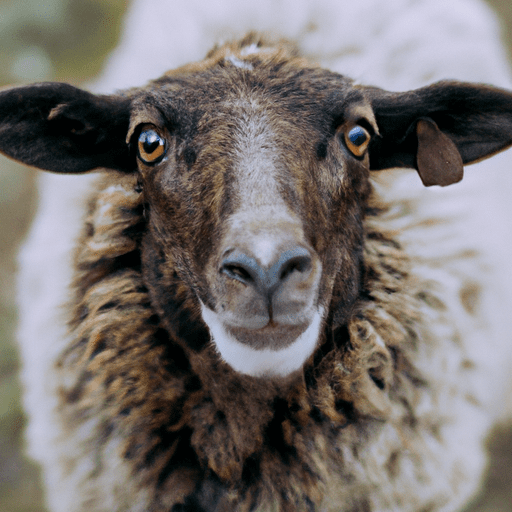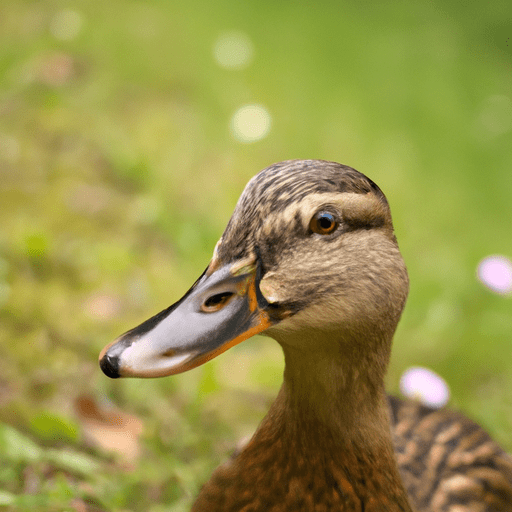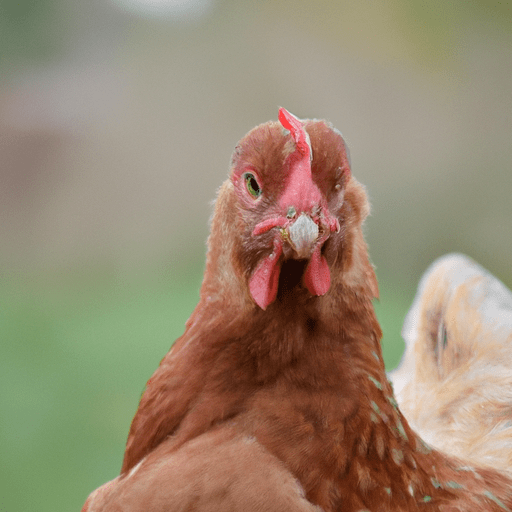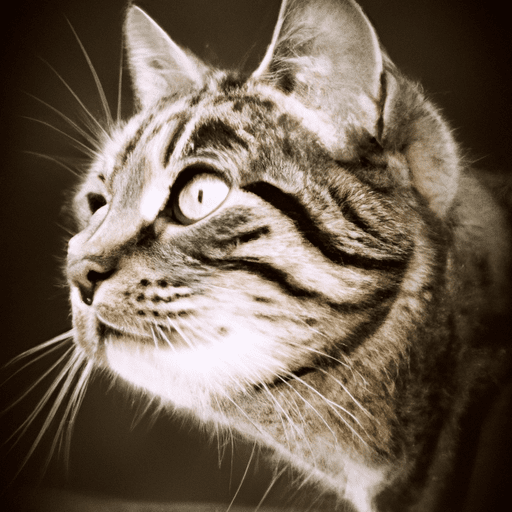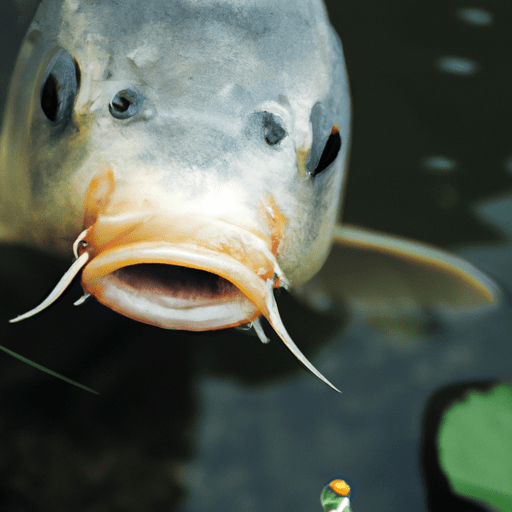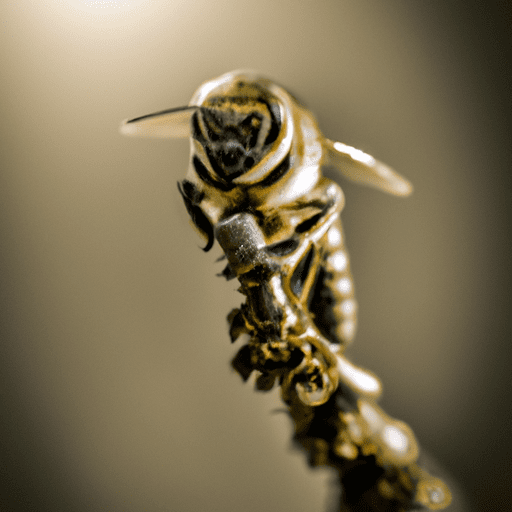Animals
Note that none of our animals are destined for slaughter.
We do however use their products to help us farm, and in some cases we eat their eggs or honey, or use their wool or wax.
Cows
We keep four Galloway cows for their manure for our gardens and greenhouse and bio-gas for cooking.
It is not uncommon for farmers in the Czech Republic to keep a variety of different livestock, including cows. Galloway cows, which are a breed of beef cattle originally from Scotland, may be found on some farms in the Czech Republic.
Galloway cows are known for their hardy nature and ability to thrive in a range of environments. They are known for their distinctive black or dark brown coat, which is covered in a thick layer of hair that helps to protect them from the elements. They are generally calm and docile animals, and they are popular with farmers because they are easy to manage and require relatively little maintenance.
In the Czech Republic, as in other parts of the world, Galloway cows are primarily used for beef production. They are known for producing high-quality, flavorful meat that is highly sought after by consumers. Some farmers in the Czech Republic may also keep Galloway cows for dairy production, as they can produce a good quantity of milk. However, they are generally not as efficient at producing milk as other dairy breeds, such as Holstein or Jersey cows.
Pigs
We have three pigs that are sisters and provide us with their valuable manure and act as our fruit and vegetable wast disposers.
It is possible to use crossbred Vietnamese pot-bellied pigs, as a means of disposing of garden waste in the Czech Republic. Pot-bellied pigs are omnivorous animals, which means that they can eat a wide variety of plant and animal-based foods. In addition to commercial pig feed, they can be fed kitchen scraps, garden waste, and other organic material.
Sheep
We have sheep to graze grass.
Sheep are a common type of livestock found in the Czech Republic, as they are in many other parts of the world. They are normally raised for a variety of purposes, including meat production, wool production, and dairy production.
The Czech Republic has a long tradition of sheep farming, and the country is home to a number of different breeds of sheep, including the Czech Merino, the Czech Meat Sheep, and the Czech Milk Sheep. These breeds are well-suited to the local climate and conditions, and they are known for their ability to thrive in a variety of environments.
Sheep are generally kept in flocks, and they are often raised on small family farms or on larger commercial operations.
Ducks
Pond ducks, also known as dabbling ducks, are a type of waterfowl that are commonly found in ponds, lakes, and other bodies of water in the Czech Republic, as they are in many other parts of the world. These ducks are known for their ability to swim and dive, and they are often seen feeding by dabbling their heads and necks underwater in search of food.
Some common species of pond ducks that may be found in the Czech Republic include the mallard, the teal, and the wigeon. These ducks are generally found in a variety of habitats, including urban parks and gardens, as well as more natural environments such as wetlands and marshes.
Pond ducks are popular with birdwatchers and nature enthusiasts, and they are also important for their role in the ecosystem. They help to control the populations of insects and other small invertebrates, and they are also a food source for larger predators such as birds of prey and mammals. In addition to their ecological value, pond ducks also have cultural and aesthetic value, and they are often depicted in art and literature.
Chickens
Our chickes of undetermined race provide us with fresh eggs each day, for consumption and to feed our barn cats so they leave the birds alone.
There are several breeds of chickens that are known for laying eggs with green shells and that may be suitable for small-scale farming or backyard chicken keeping in the Czech Republic. These breeds include the Ameraucana, the Aracauna, and the Cream Legbar.
Ameraucana chickens are a popular breed that is known for their friendly disposition and their ability to lay blue or green eggs. They have a medium-sized body with a full breast and a small, pea-shaped comb on top of their head. They have a variety of feather colors, including black, blue, buff, and white. In addition to laying green eggs, Ameraucana chickens are also good layers, producing around 200 eggs per year. They are adaptable to a variety of climates and conditions, making them suitable for small farms or backyard chicken coops.
Aracauna chickens are another breed that is known for laying eggs with blue or green shells. They are similar in size and appearance to Ameraucana chickens, with a medium-sized body and a small, pea-shaped comb on top of their head. They have a variety of feather colors, including black, blue, brown, and white. Aracauna chickens are also good layers, producing around 200 eggs per year. They are adaptable to a variety of climates and conditions, making them suitable for small farms or backyard chicken coops.
Cream Legbar chickens are a third breed that is known for laying eggs with blue or green shells. They are a medium-sized breed with a full breast and a small, V-shaped comb on top of their head. They have a variety of feather colors, including cream, blue, brown, and white. Cream Legbar chickens are good layers, producing around 200 eggs per year. They are adaptable to a variety of climates and conditions, making them suitable for small farms or backyard chicken coops.
It is important to note that the color of a chicken's eggs can be affected by various factors, including the chicken's diet, age, and overall health.
Barn Cats
Farm cats, also known as barn cats, are domesticated cats that are kept on farms or other rural properties to help control pests and rodents. They are often fed and cared for by the farmers or other people who work on the farm, but they are generally allowed to roam freely and do not receive the same level of attention or care as pet cats.
Farm cats are typically hardy and adaptable animals that are able to thrive in a variety of environments. They are often fed a diet of commercial cat food supplemented with scraps and other leftovers, and they may also hunt for mice and other small animals to supplement their diet.
Farm cats can be effective at controlling pests and rodents, as they are natural predators. However, it is important to ensure that they are provided with proper care and attention, including regular feeding, access to clean water, and adequate shelter. In addition, farm cats should be spayed or neutered to prevent overpopulation and to reduce the risk of unwanted behaviors, such as spraying or fighting.
Carp
Carp are a type of fish that are often found in ponds, as well as in rivers and lakes. They are native to Europe and Asia, but have been introduced to other parts of the world, including North America. Carp are known for their hardy nature and ability to thrive in a variety of aquatic environments. They are generally bottom-dwelling fish, and they prefer to live in shallow, muddy areas where they can find plenty of food. Some common species of carp include the common carp, grass carp, and crucian carp. They are often considered pests because they can reproduce quickly and compete with other fish for food, leading to negative impacts on native fish populations. However, they are also popular for use as a food fish and for recreational fishing.
Bees
Honey bees are an important part of the agricultural and ecological systems in the Czech Republic, as they are in many other parts of the world. Honey bees are vital pollinators for a wide variety of crops, including fruits, vegetables, nuts, and flowers. In the Czech Republic, honey bees are kept by both professional beekeepers and hobbyists, and they can be found in a range of environments, including urban, suburban, and rural areas.
The Czech Republic has a long tradition of beekeeping, and the country is home to a number of organizations and associations dedicated to promoting and supporting the industry. The Czech Beekeepers' Association, for example, is a national organization that represents the interests of beekeepers in the country and works to promote the importance of bees and beekeeping. In addition to producing honey, bees in the Czech Republic also play an important role in the production of beeswax, royal jelly, and other bee-related products.

